News
EPJ D Highlight - Better than milk on breakfast cereals: new precision coating method for industrial granular material
- Details
- Published on 23 November 2016
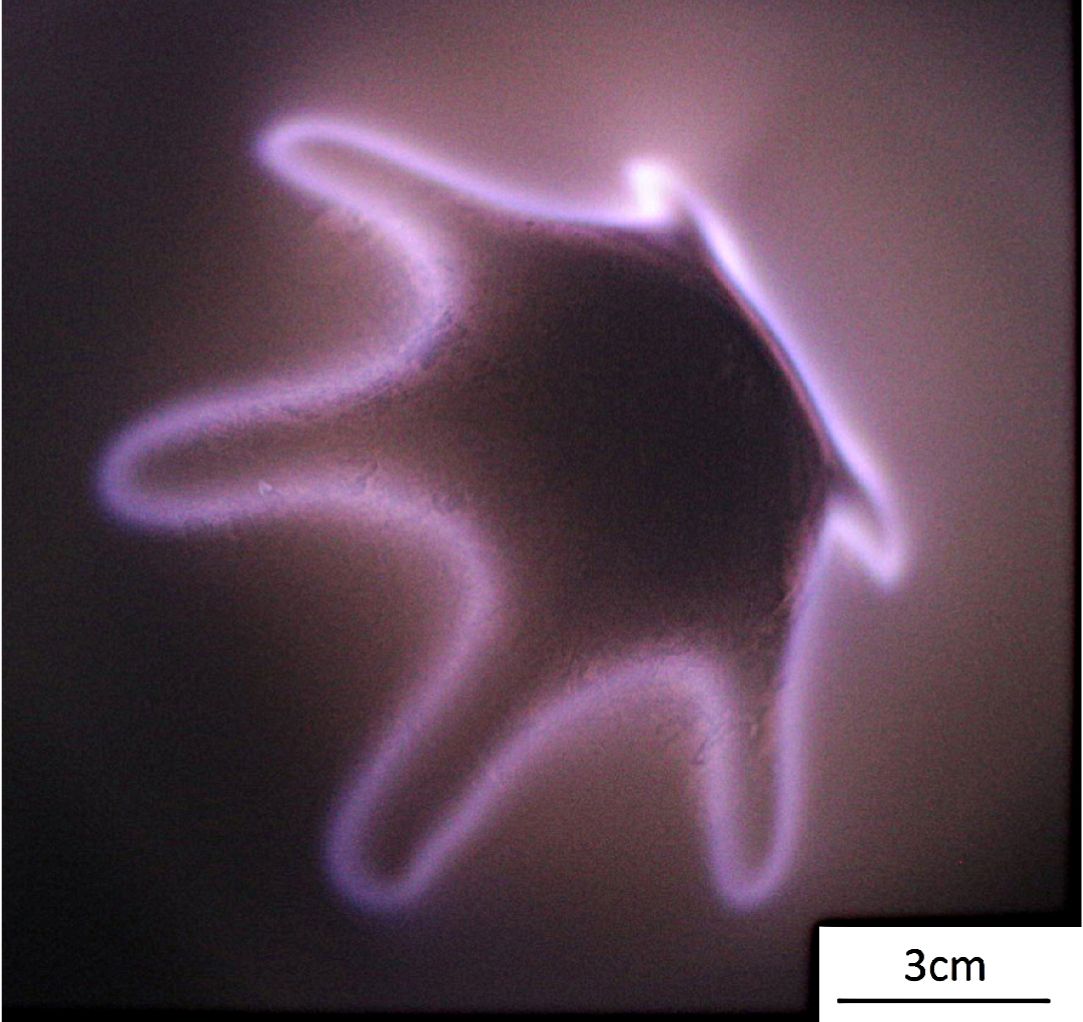
Deposition of a thin film catalyst of a predicted thickness on the surface of novel hydrogen storage microbeads helps release hydrogen
As anyone who eats their cereal with milk in the morning knows: coating large volumes of granular material homogeneously is no mean feat. In a recent paper published in EPJ D, an Austrian team has developed a new method, based on physical vapour deposition, to upscale the quantity of coating without affecting the quality and homogeneity of the film. In this study, Andreas Eder from Vienna University of Technology and colleagues also developed a model capable of predicting the film thickness. This represents a major step forward for industrial materials, as previous approaches relied on optical measurement after the coating had been deposited. Because this coating system is capable of implementing a plasma close to the granular substrate, it opens the door to new surface treatment and modification possibilities.
EPJ Data Science Highlight - Fiction-book narratives: only six emotional storylines
- Details
- Published on 18 November 2016
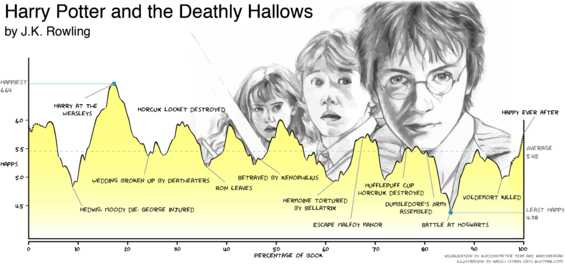
How scientists are using big data analysis to deconstruct the art of storytelling
Our most beloved works of fiction hide well-trodden narratives. And most fictions is based on far fewer storylines than you might have imagined. To come to this conclusion, big data scientists have worked with colleagues from natural language processing to analyse the narrative in more than a thousand works of fiction. By deconstructing some of the magic of narrative in fiction books, they have also confirmed that there are six different, common ways of telling a story that can be found time and time again in popular stories. They were inspired by the work of US fiction author Kurt Vonnegut, who originally proposed the similarity of emotional story lines in a Masters’s thesis rejected by the University of Chicago. These findings have just been published in EPJ Data Science by Andrew Reagan from the University of Vermont, USA, and colleagues.
EPJ A Highlight - Open refereed paper reveals how to study unstable radioactive nuclei’s dual traits
- Details
- Published on 16 November 2016
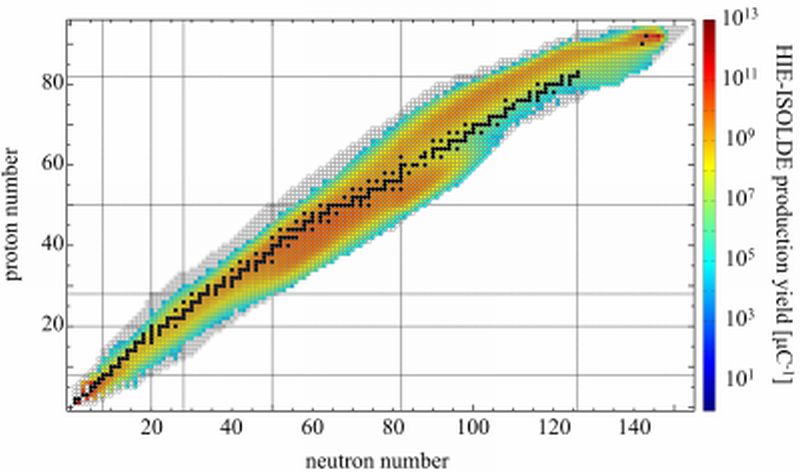
HIE-ISOLDE acceleration of radioactive beams to peer into the dual state of matter unique to nuclei
Radioactive nuclides, found within an atom's core, all share a common feature: they have too many or too few neutrons to be stable. In a new review published in EPJ A, Maria Jose Borges and Karsten Riisager explain how overcoming technical difficulties in accelerating such radioactive nuclei beams can help push back the boundaries of nuclear physics research. This fascinating topic is the first EPJ A paper to be subjected to an open referee process, whereby the referee's comments are included.
EPJ D Colloquium: Evaluating experimental molecular physics studies of radiation damage in DNA
- Details
- Published on 14 November 2016
Molecular physics has made significant new contributions to our understanding of radiation damage at the molecular level, and led to improved cancer therapy through both experimental and theoretical advances, in particular the development of new damage measurement and analysis techniques.
In this EPJ D Colloquium paper, Małgorzata A. Śmiałek summarizes and highlights the most prominent findings in atomic and molecular physics, that have contributed towards a better understanding of the fundamental processes in biological systems and relevant to the next generation of radiation therapies. She also comments on the practical experimental challenges that have been met while investigating the more complex targets.
EPJ B Highlight - When crystal vibrations‘ inner clock drives superconductivity
- Details
- Published on 09 November 2016
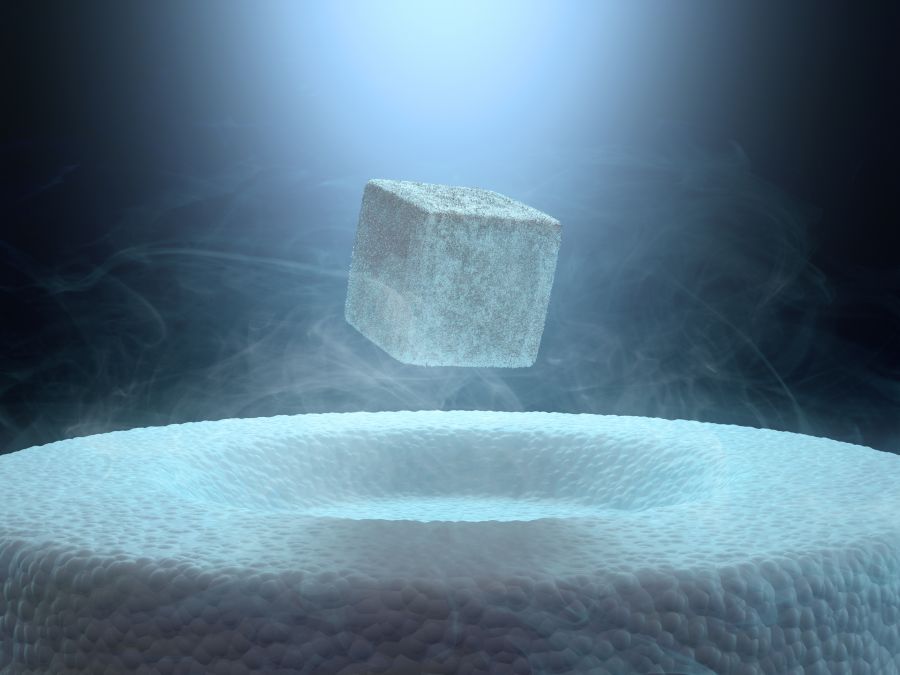
Tweaking equations to drive greater superconductivity-inducing crystal vibrations proves theoretical possibility of creating higher temperature superconductors
Superconductivity is like an Eldorado for electrons, as they flow without resistance through a conductor. However, it only occurs below a very low critical temperature. Physicists now believe they can enhance superconductivity - the idea is to externally drive its underlying physical phenomena by changing how ions vibrating in the crystal lattice of the conductor material, called phonons, interact with electron flowing in the material. Andreas Komnik from the University of Heidelberg and Michael Thorwart from the University of Hamburg, Germany, adapted the simplest theory of superconductivity to reflect the consequences of externally driving the occurrence of phonons. Their main result, published in EPJ B, is a simple formula explaining how it is theoretically possible to raise the critical temperature using phonon driving.
EPJ-N accepted for Emerging Sources Citation Index (ESCI)
- Details
- Published on 08 November 2016

EDP Sciences are pleased to announce that EPJ Nuclear Sciences and Technologies (EPJ-N) has been accepted for indexing in the Thomson Reuters Emerging Sources Citation Index (ESCI). This means that articles published in the journal will be searchable, discoverable and citable via Web of Science.
EPJ Applied Metamaterials now indexed in DOAJ (November 2016)
- Details
- Published on 08 November 2016
We are delighted to announce that "EPJ Applied Metamaterials" is now indexed in the Directory of Open Access Journals (DOAJ), a community-curated online directory that indexes and provides access to high quality, open access, peer-reviewed journals.
SharedIt! The content sharing initiative is extended to include the EPJ journals
- Details
- Published on 07 November 2016

We are delighted to announce that Springer Nature has rolled out its free content sharing initiative, named SharedIt, to all of the Springer Nature-owned journals portfolio, along with 1,000 co-published partner journals. This includes EPJA, EPJB, EPJD, EPJE, EPJ ST, EPJH, EPJ Plus, EPJ DS, EPJ TI, EPJ QT.
We want researchers to share content easily and legally. Our SharedIt content-sharing initiative means that links to view-only, full-text research articles can be posted anywhere - including on social media platforms, author websites and in institutional repositories - so researchers can share research with colleagues and general audiences.
EPJ B Special issue dedicated to the Volker Heine Award
- Details
- Published on 04 November 2016
EPJ B, in partnership with the Ψk conference, is honoured to introduce this monthly issue with five articles written by the finalists of the Volker Heine Award 2015.
The Ψk conference is the foremost event in the field of electronic structure and computation in condensed matter, and the Volker Heine award is one of its highlights. Being intended for young researchers, the award aims at helping their career by exposing their work in a prestigious international conference, and adding a modest point to their Curriculum Vitae.
EPJ B Colloquium: First-principles dynamics of electrons and phonons
- Details
- Published on 04 November 2016
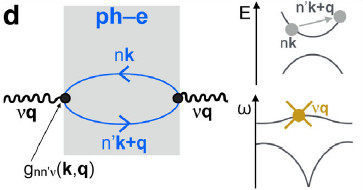
First-principles calculations combining density functional theory and many-body perturbation theory can provide microscopic insight into the dynamics of electrons and phonons in materials. In this EPJ B Colloquium, Marco Bernardi, winner of the Psi’K young investigator award, reviews this theoretical and computational framework, focusing on perturbative treatments of scattering, dynamics, and transport of electrons and phonons. The article examines applications of these first-principles calculations in electronics, lighting, spectroscopy, and renewable energy.




